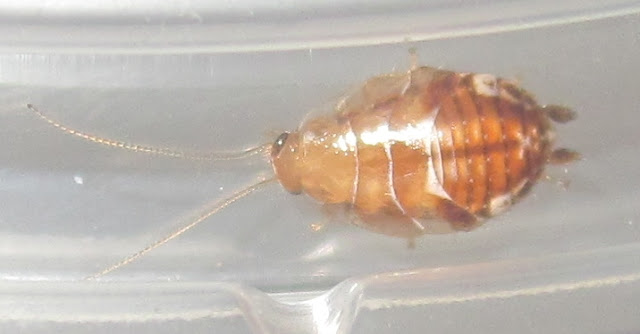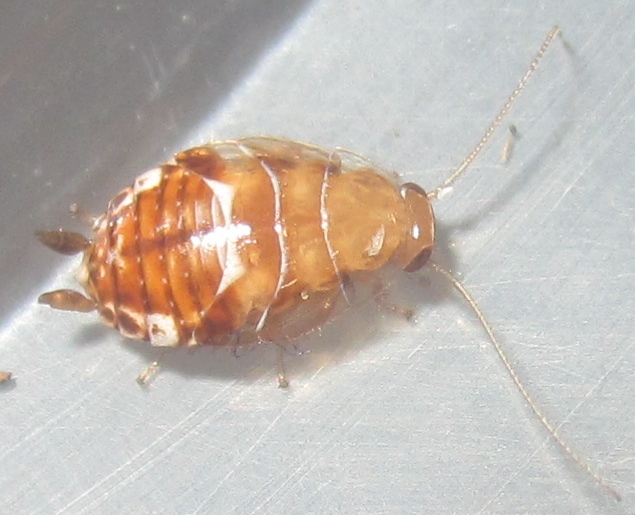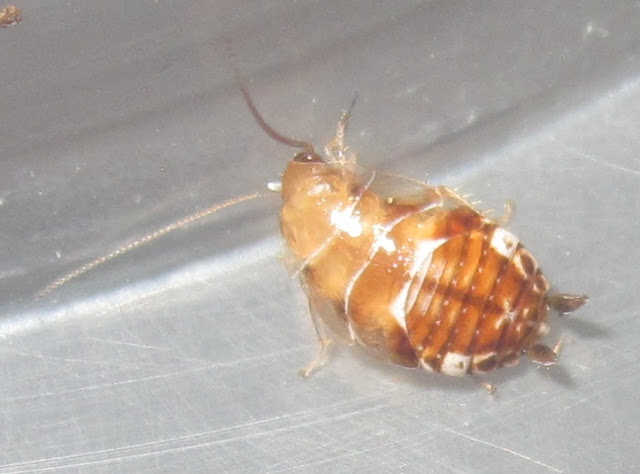Well, on the 28th of November, I found my first CB Plectoptera poeyi adult! 😁 There are several subadults as well, so more adults are on the way, hopefully I'll have a very successful second generation of these cuties! The first nymphs of this generation hatched out in late September, so the total development time from hatching to adulthood for this species is less than three months under optimal conditions! 😃
I would like to share a few notes on my experience rearing this species this far:
- They definitely prefer leaf litter as their hide of choice, oak leaf litter works great. They especially like to hide in between leaves pressed up against each other. Oftentimes their enclosure will look empty, until I mist or move the leaf litter, at which point they'll all come running out! 😂
- For food, I've been offering pollen, artificial pollen, fresh fruits, and dog food. It's hard to tell what exactly they like the most, but most of the time when I see them feeding, they are eating the fruits.
- High humidity coupled with good airflow is important. If the humidity drops too low the smaller nymphs (and oothecae) rapidly dessicate, however nymphs also easily drown in water droplets when they are young. They spend a lot of their time near the ventilated areas of their container, so good airflow appears to be important (as it is for many arboreal Ectobiids).
- Interestingly enough, while they definitely seem to be stressed by competing microfauna such as prolific springtail species, their hide preference and arboreal nature often keeps them out of the way of such pests, so a relatively high pest density can persist while most of the Plectoptera stay healthy. Granted, I would still recommend culling or attempting to eradicate any pests when possible, it's just sometimes that's easier said than done, especially in the case of prolific springtails... 😒
Here are some pics of my CB adult male, along with a subadult nymph:
 |
| Adult male |
 |
| Subadult nymph |
Man those nymphs are pretty right? 😍 I've been wanting to snap some pictures of a large nymph, glad I did before they all matured.
So far so good with this little species, I'm glad they're doing well for me, especially since it seems like a lot of the other hobbyists working with them have struggled quite a bit with survival rates and such. Hopefully that'll change as we continue to iron out their exact husbandry needs. 😅🤞
Anyways, that's gonna do it for this quick update, lots of more new acquisition posts coming up, enough to last the blog all through December, so stay tuned! 😉 Thanks for reading, hope you enjoyed, stay safe, and I'll see you all next time!

















No comments:
Post a Comment